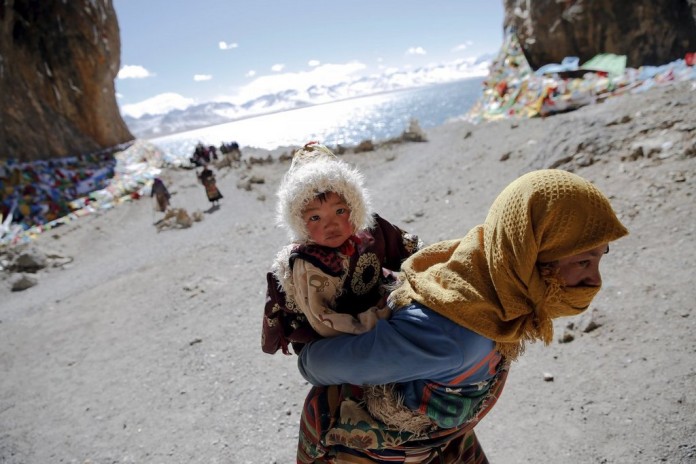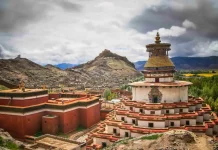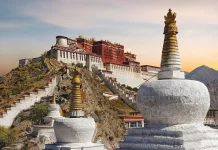If Tibet is on your travel bucket list, you’ll need to plan ahead.
- Changpa nomads — No-money, no-technology, and nomadic life of a tribe in the Himalayas
- Georgia travel photos — 20+ captivating photos show Georgia is heaven on the Earth
- India photos — 27+ reasons why you should visiting India
- 29+ Bhutan photos revealed the beauty of the happiest country in the world
- Inle Lake — Exploring the peaceful life of people on Inle Lake, Burma

Tibet Entry Permits are required to enter the country for non-Chinese citizens, and you’ll probably want to get into shape, too — at an average altitude of around 4,500 meters (or 14,700 feet), you might suffer from altitude sickness.
However, the views of Mount Everest, the Potala Palace, and Namtso will make your efforts extremely worthwhile.
Ahead, 20 images of the rich culture you’ll find across the Tibet Autonomous Region.
Home to the world’s highest plateau, Tibet has been referred to as “the roof of the world.”
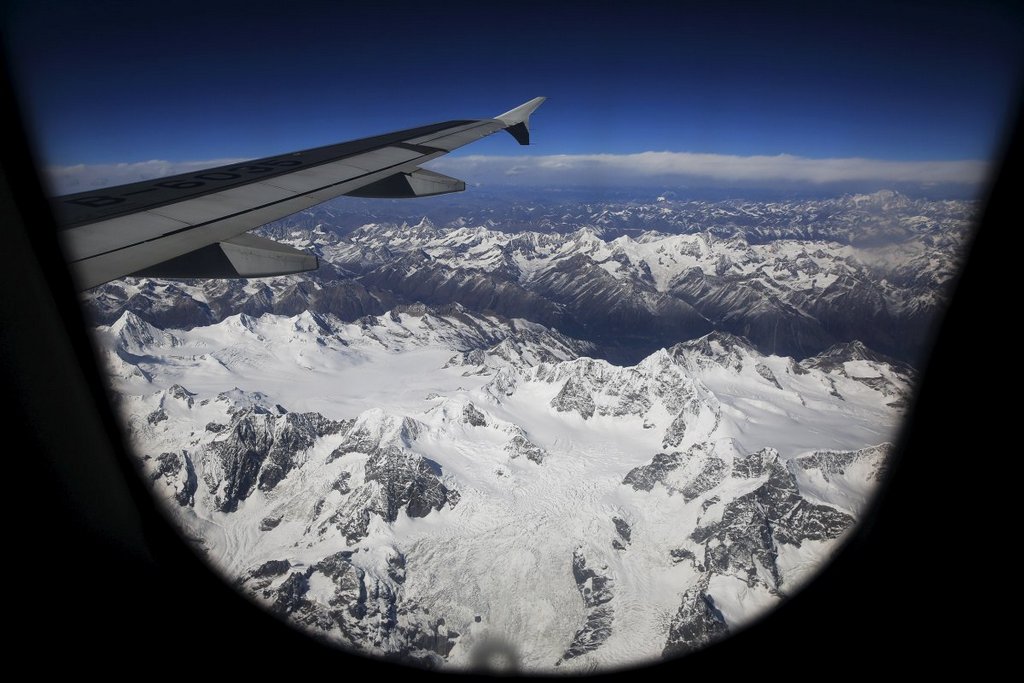
The Plateau and its 37,000 glaciers provide water for more than half of Asia.
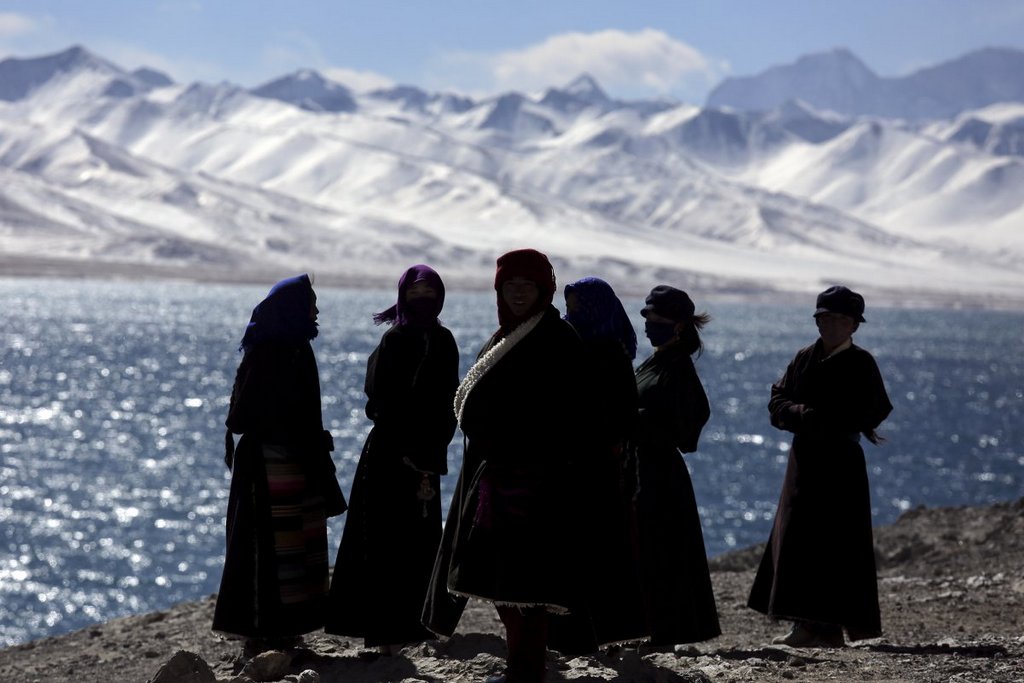
Namtso Lake is considered a sacred place. Both tourists and Tibetan Buddhists come to visit its waters.
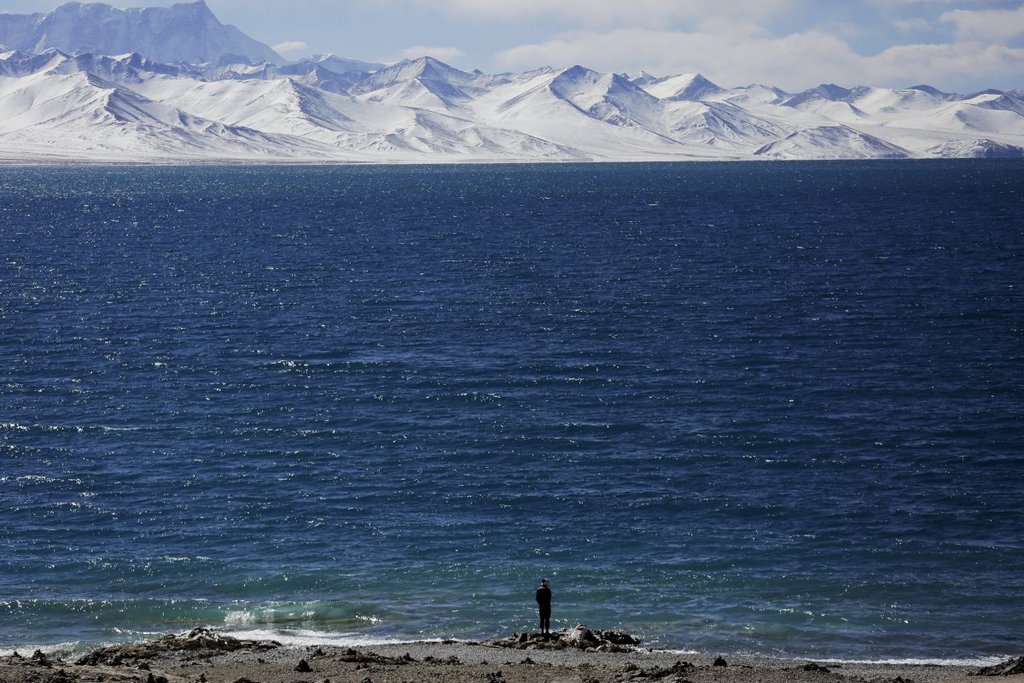
A mother and child visit Namtso Lake. At more than 15,000 feet above sea level, it’s the highest saltwater lake in the world.
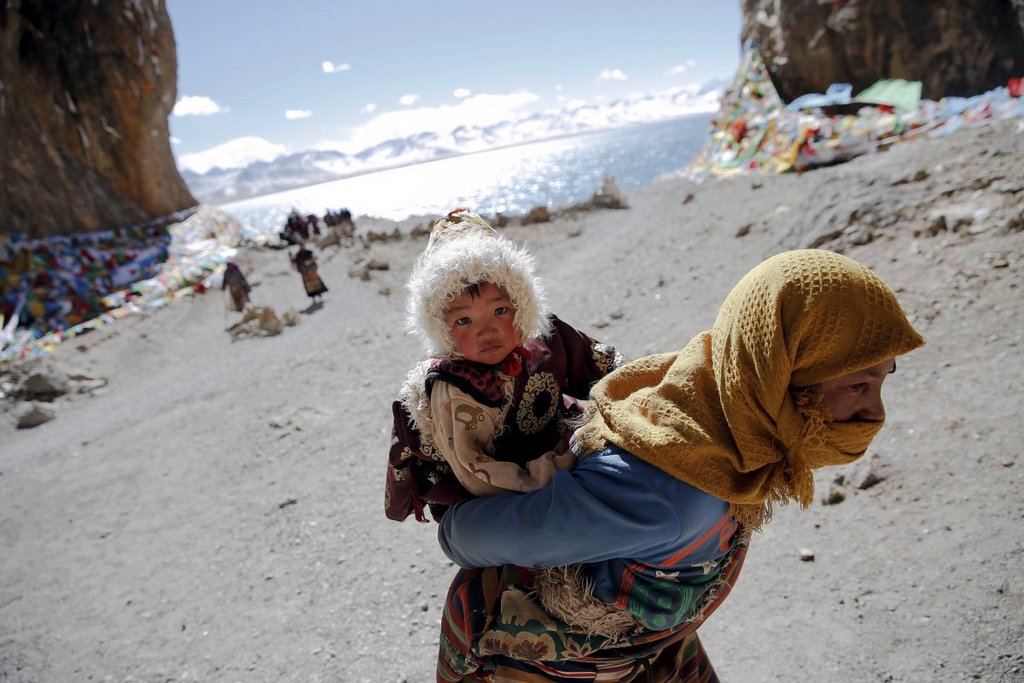
Prayer flags are laid out near the lake — here, a mother and son pray.
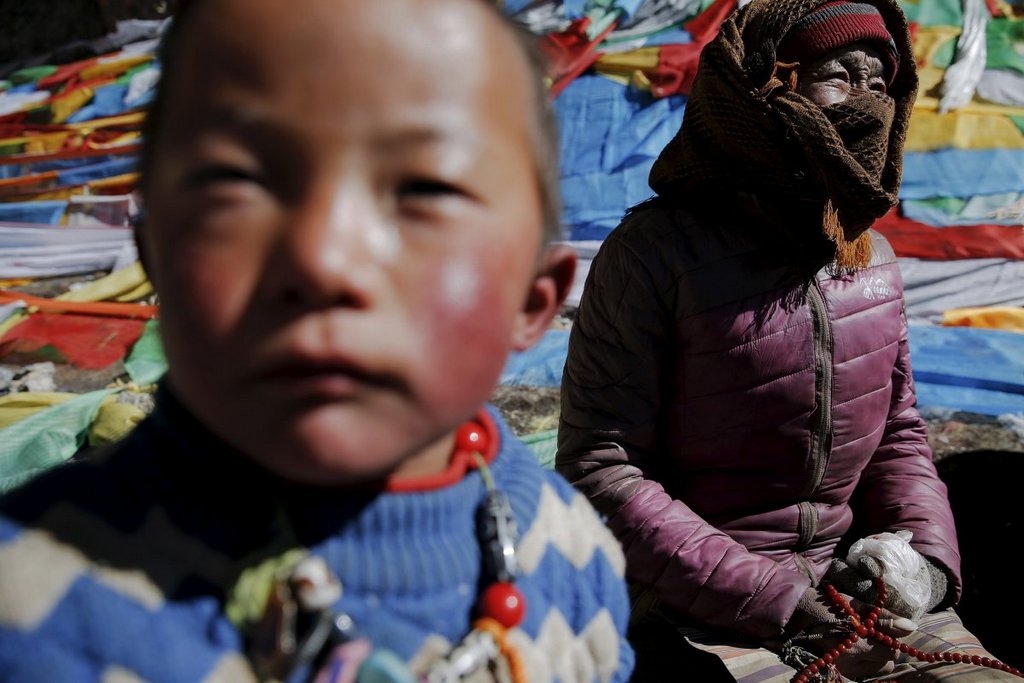
More groups pray by the sacred waters of Namtso.
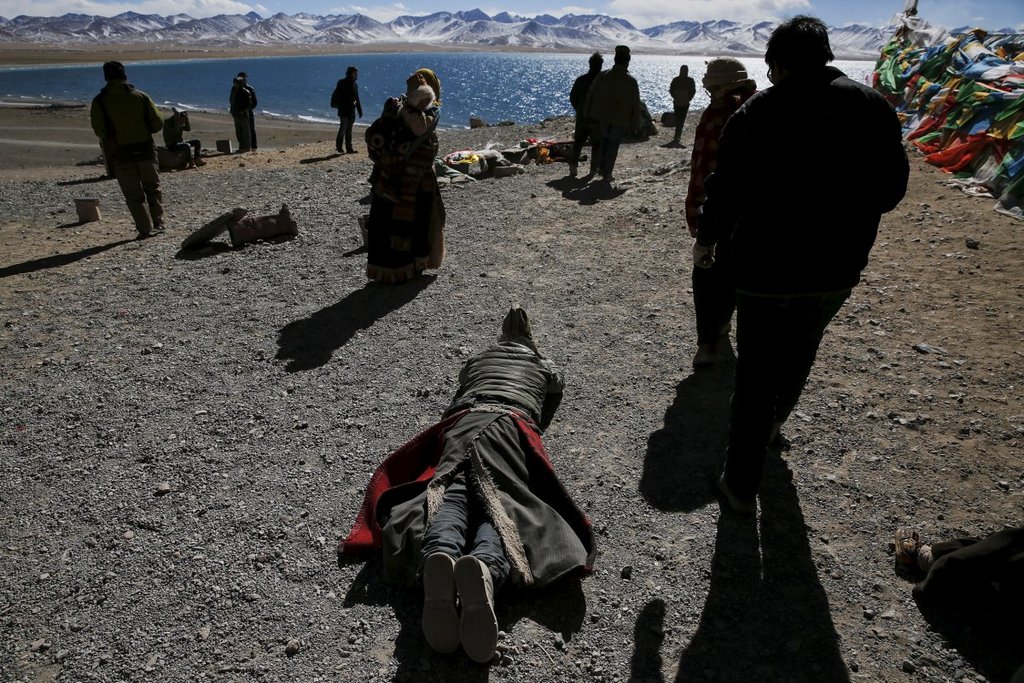
Yak riding is a popular activity among tourists.
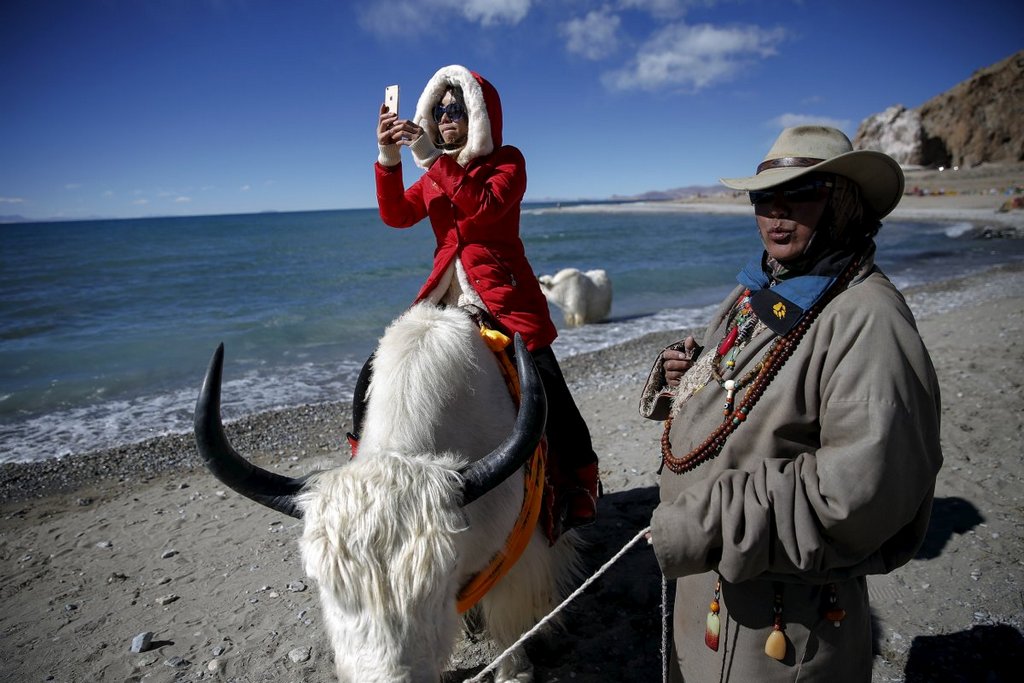
There are more than 1,000 rooms, 10,000 shrines, and 200,000 statues inside Lhasa’s
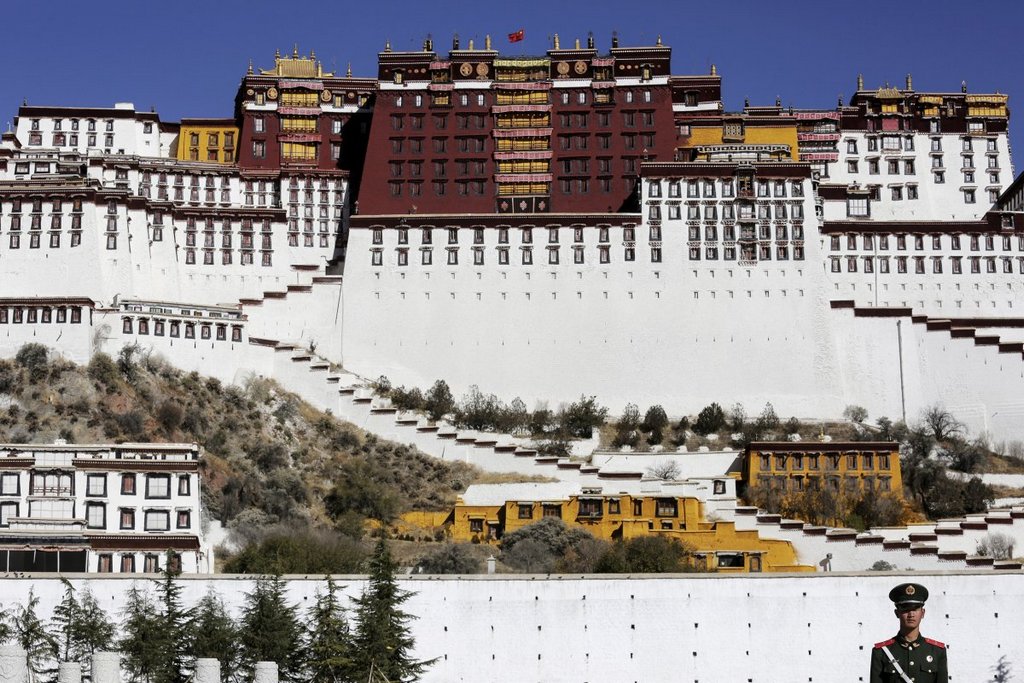
This man is spinning a prayer wheel in front of the Potala Palace. The palace, which is more than 1,300 years old, was at one time home to the Dalai Lama. Today, it’s a museum.

People come to the palace to pray out front, closer to the entrance.
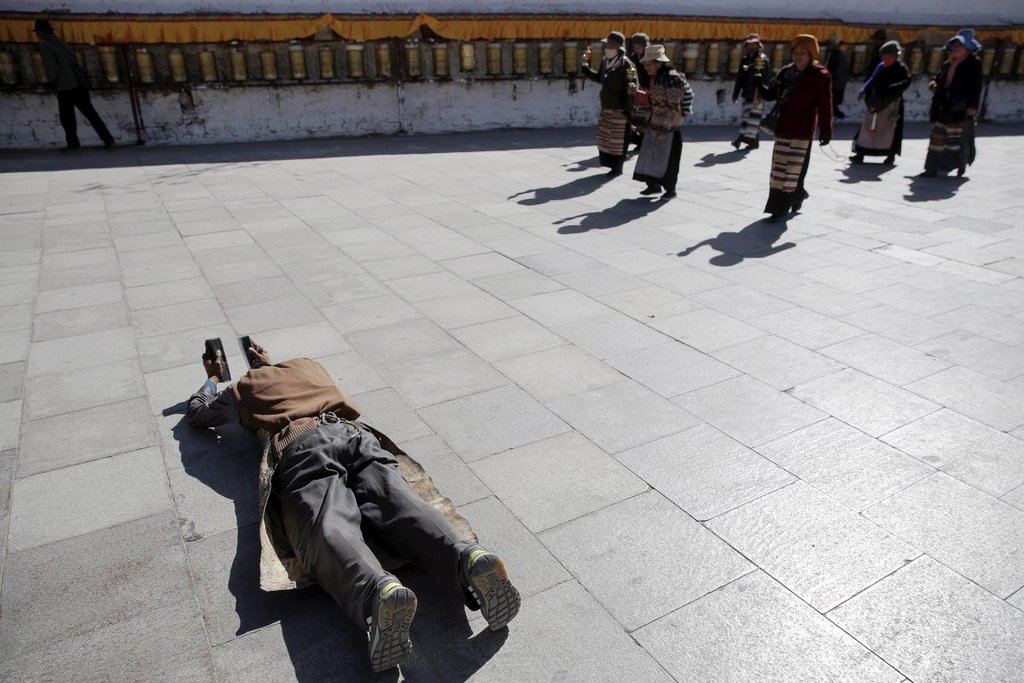
Tourists and locals can also go inside.
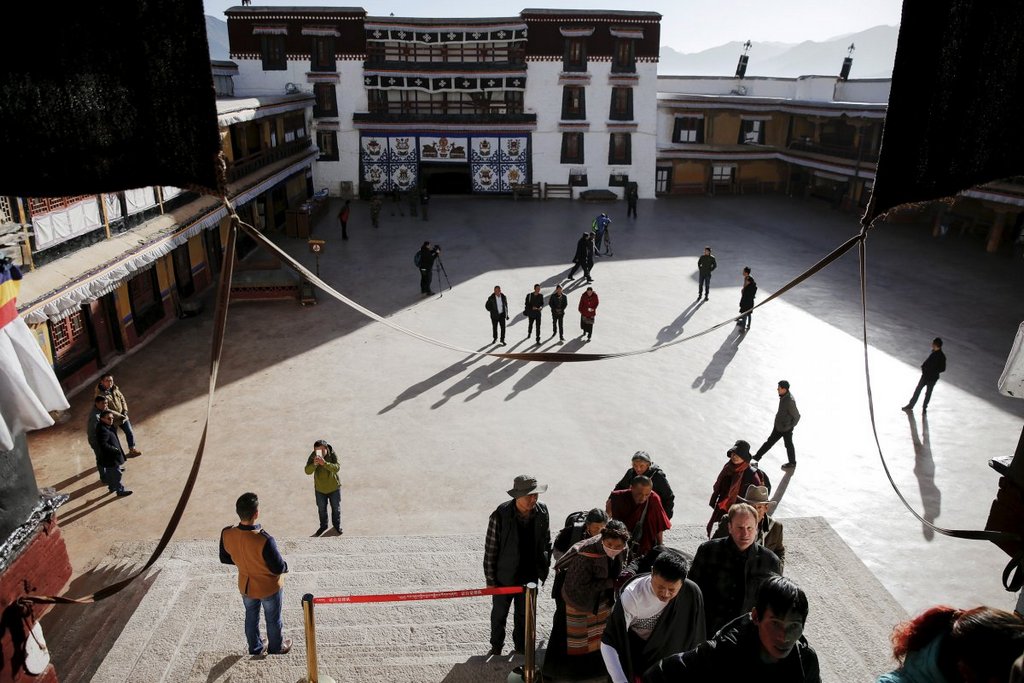
A husband and wife pose in traditional Tibetan garb for their wedding photos at the Nianqing Tanggula mountain pass.
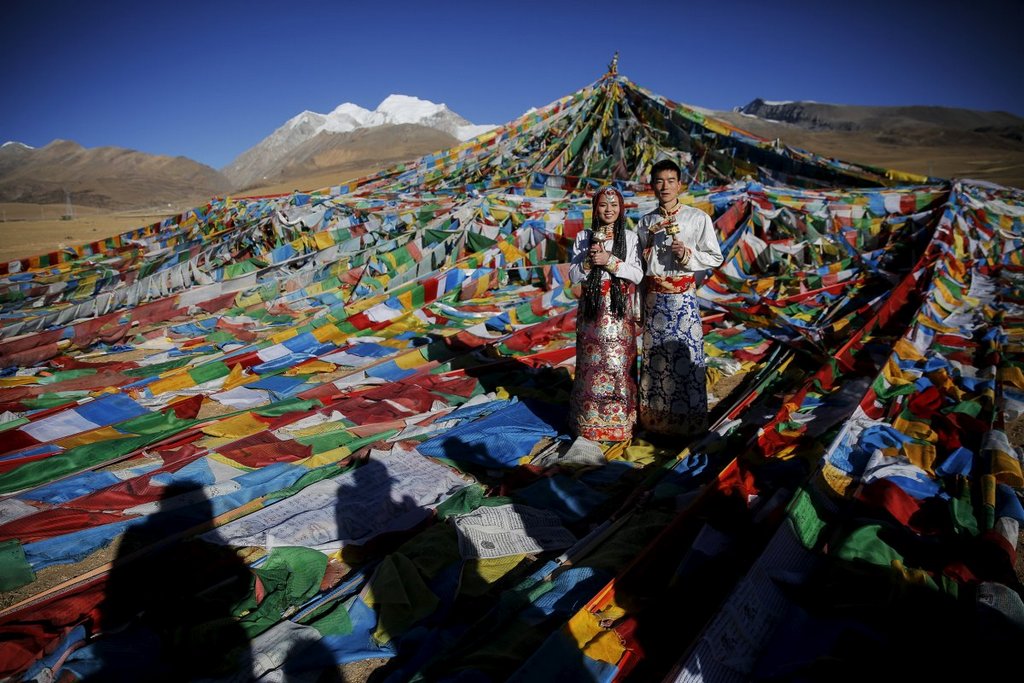
The traditional costume includes an intricate headdress.
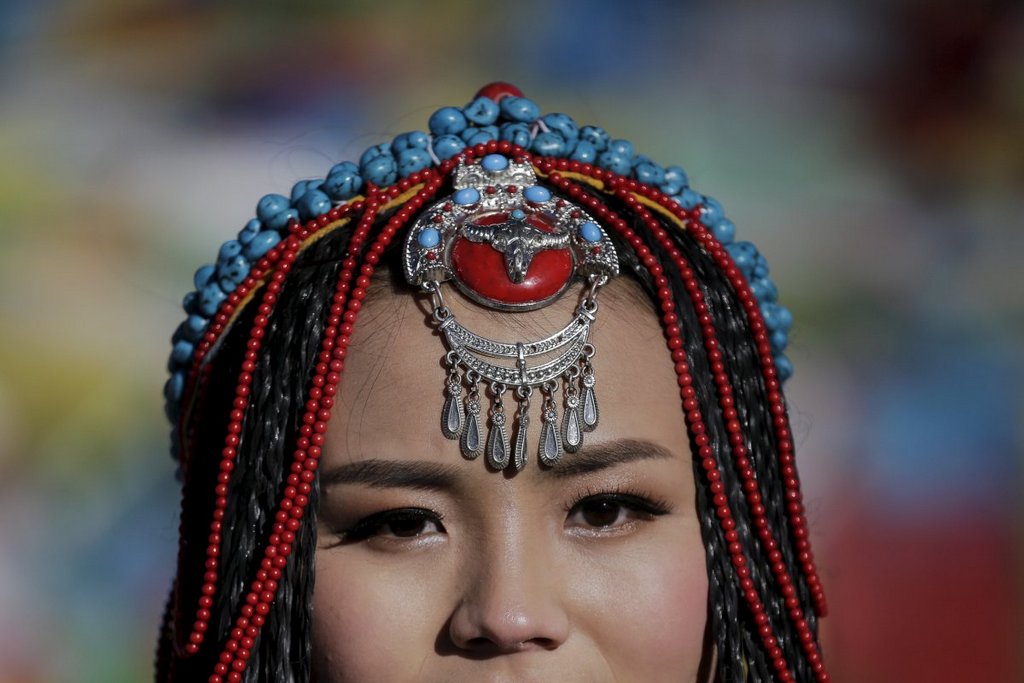
Men gamble during a game of mahjong.
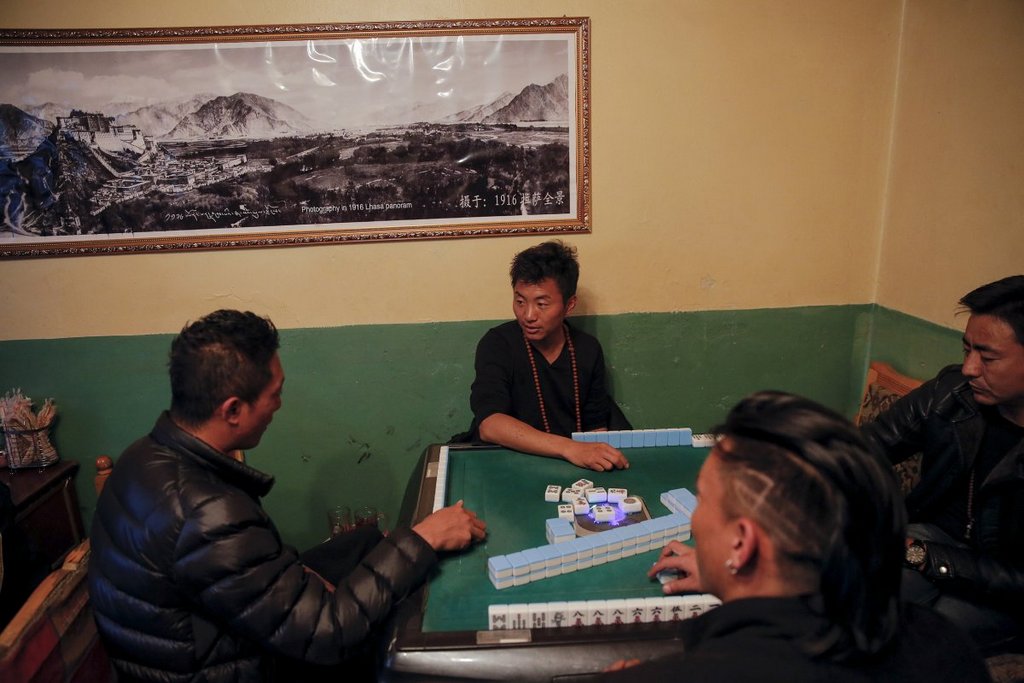
The Jokhang Temple, located in central Lhasa, sees thousands of Tibetan Buddhists each day, as they come to pray both outside and inside.
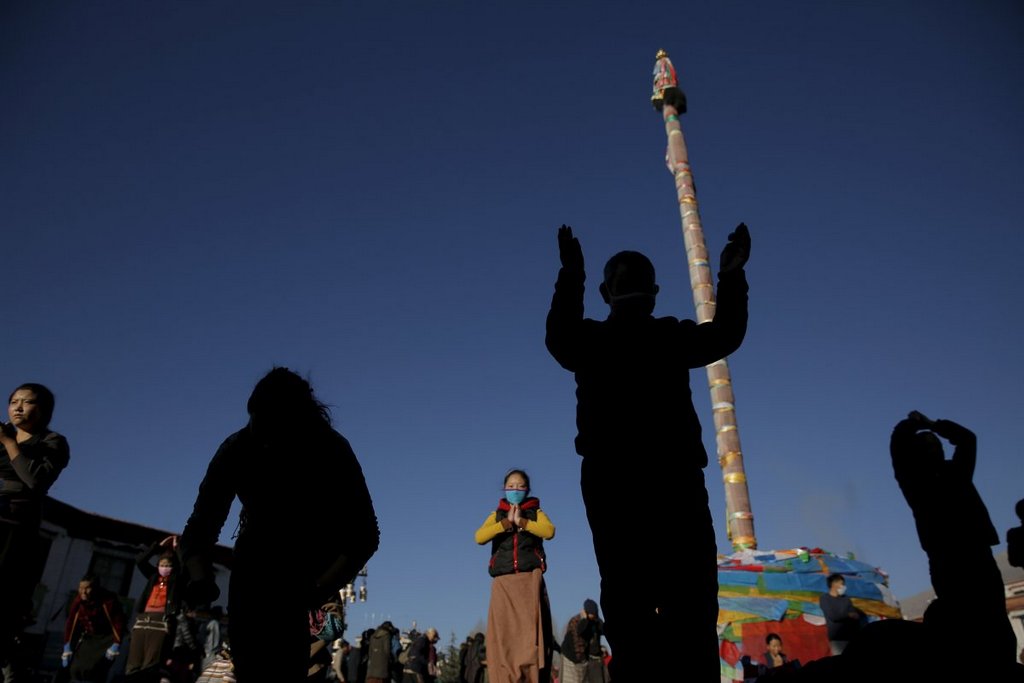
Inside a shop in Lhasa, Tibetan prayer flags are wrapped and ready to be sold.
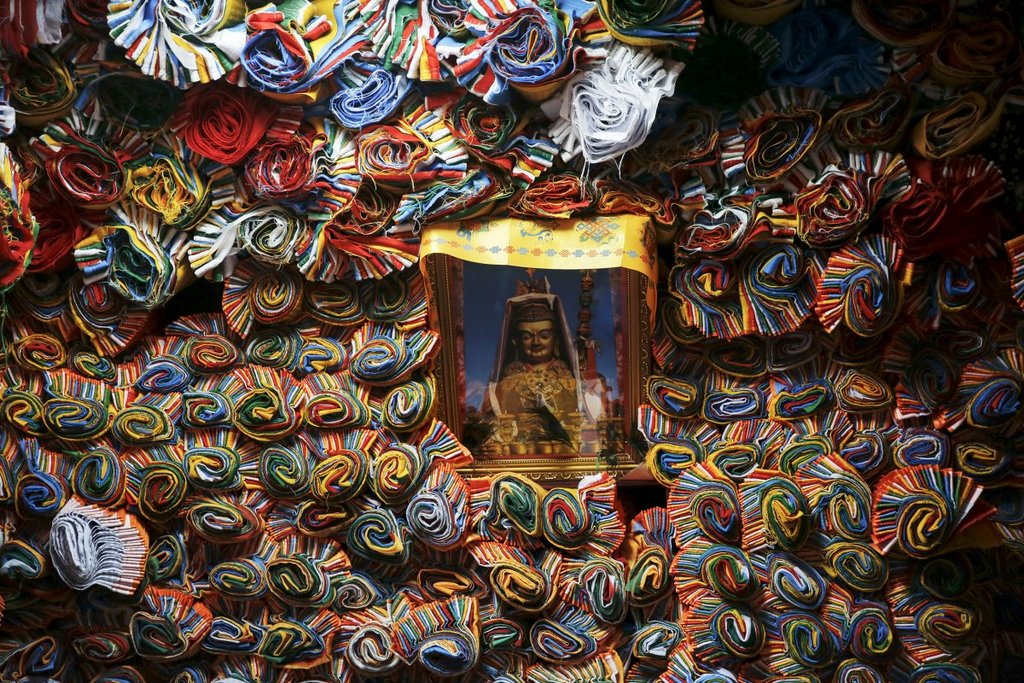
Painted yak skulls are used to decorate homes.
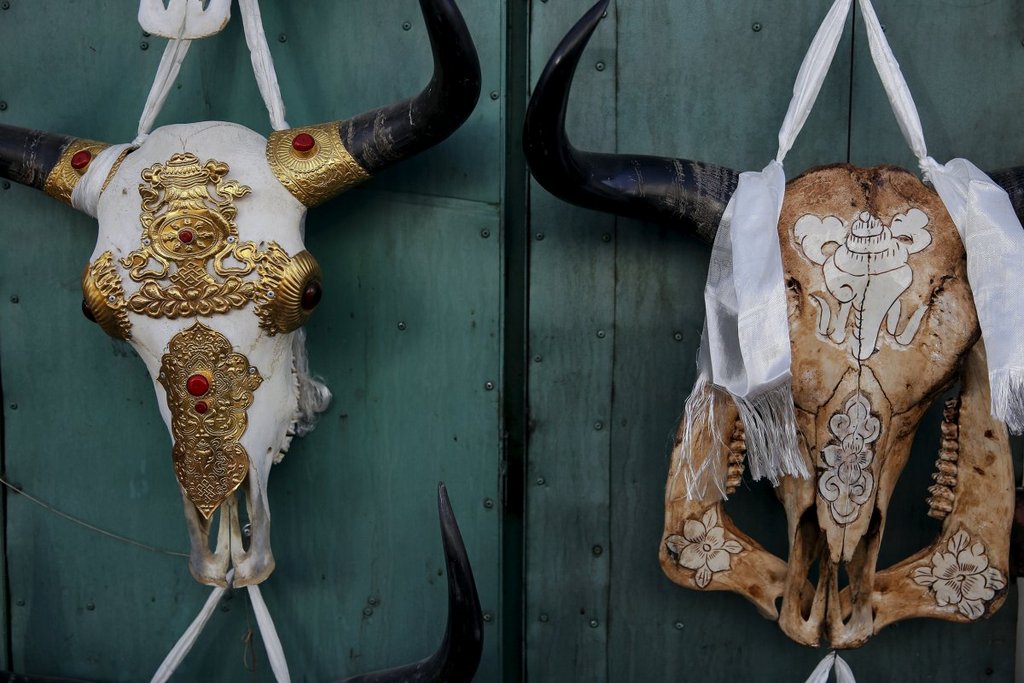
Women wash clothes in a residential courtyard in the older part of Lhasa.
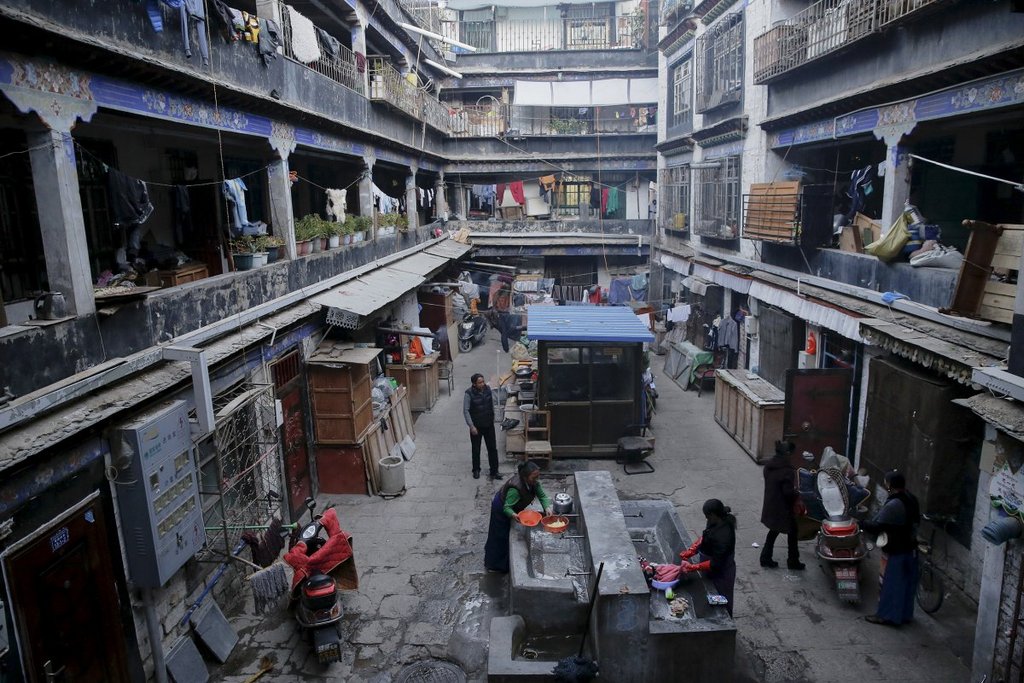
Tibetan Buddhist monks attend a lecture at Sera Monastery in Lhasa.
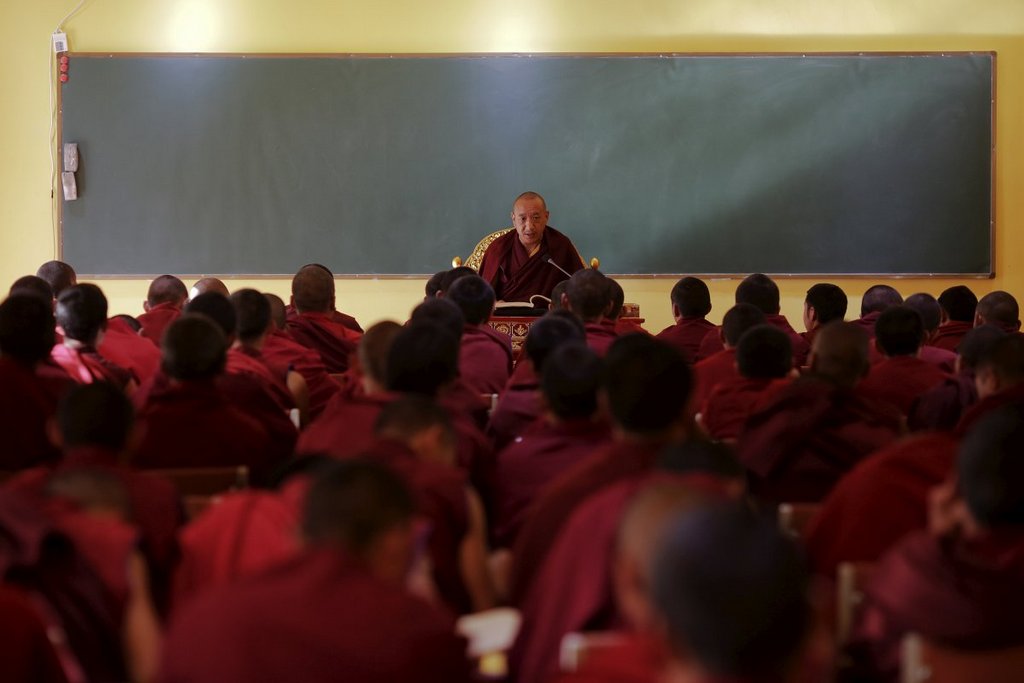
Tibet’s Department of Education oversees 73 Tibetan schools, which have 24,000 students and 2,200 staff members in total. Here, students in Lhasa work in their classroom.
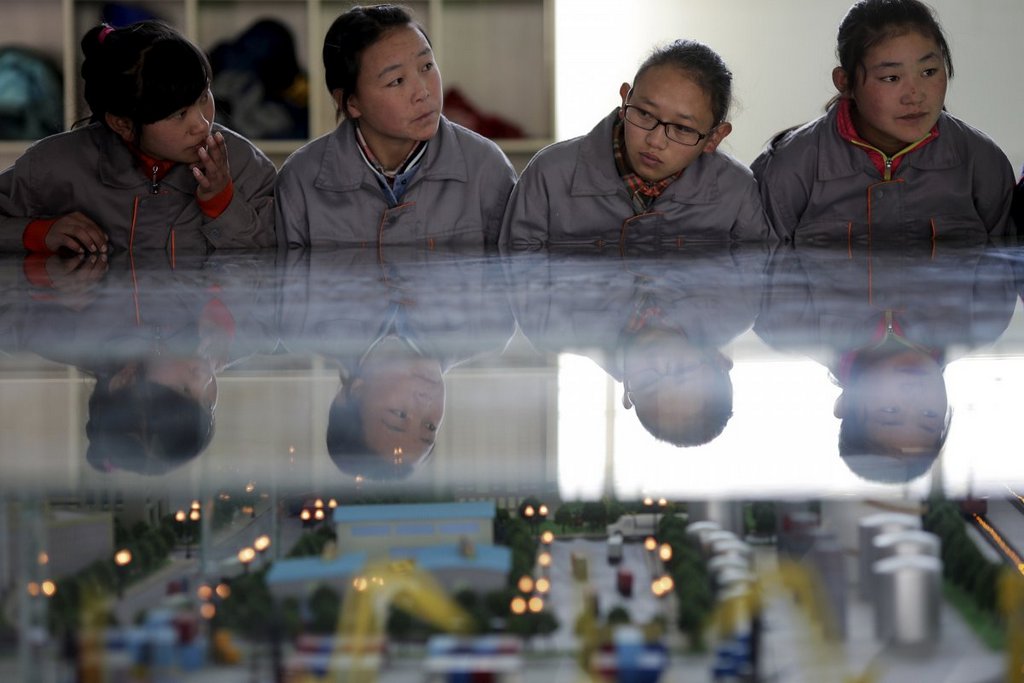































![10 best airports in Asia in 2016 [RANKED] kuala-lumpur-international-airport-best airports in asia in 2016 by skytrax ratings](https://livingnomads.com/wp-content/uploads/2016/08/29/kuala-lumpur-international-airport-best-airports-in-asia-in-2016-by-skytrax-ratings-218x150.jpg)








